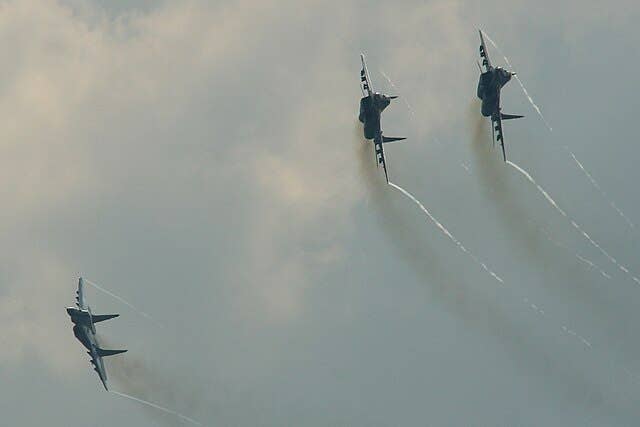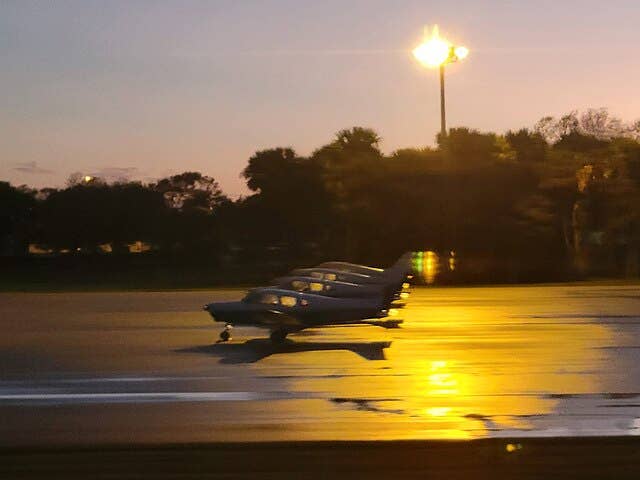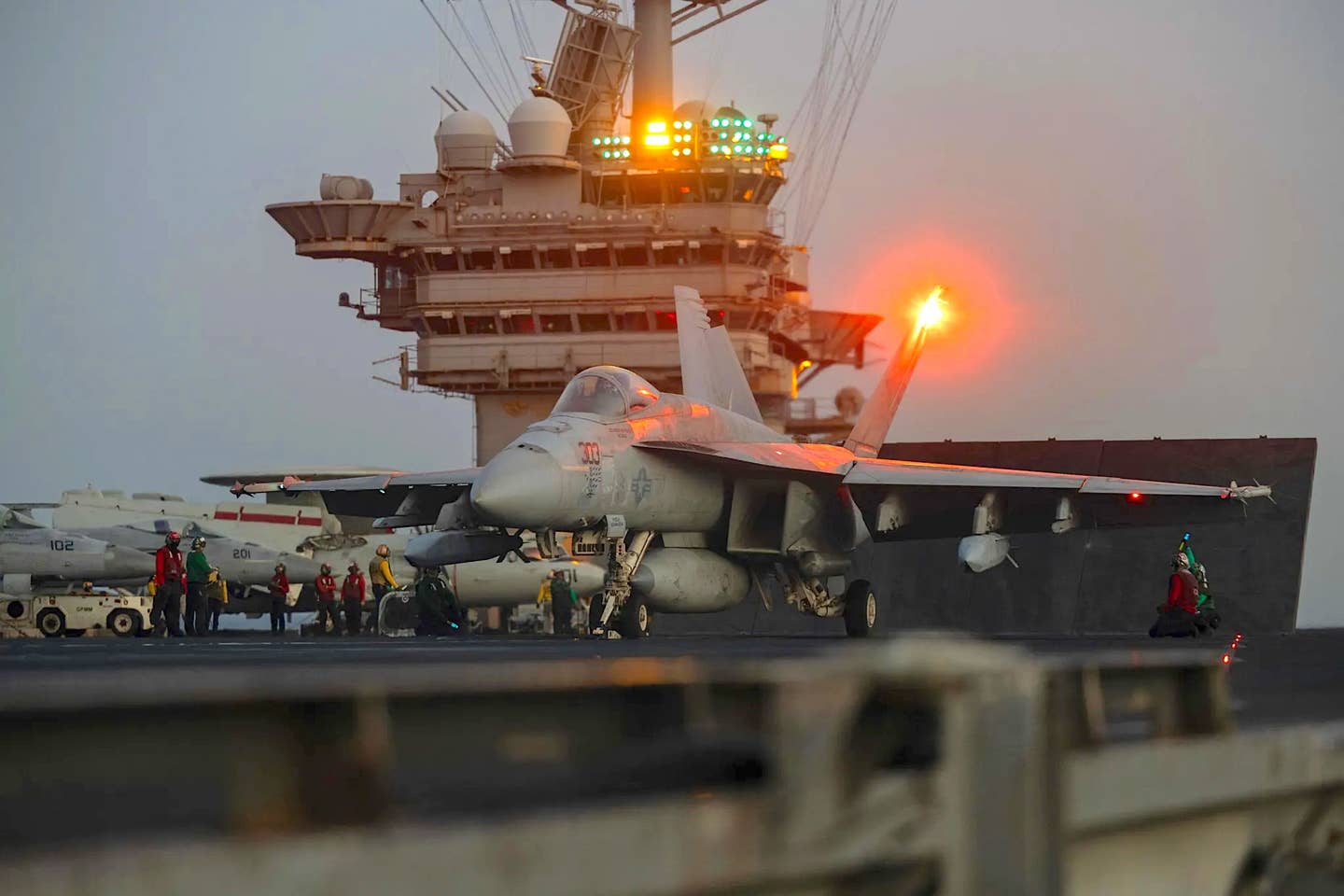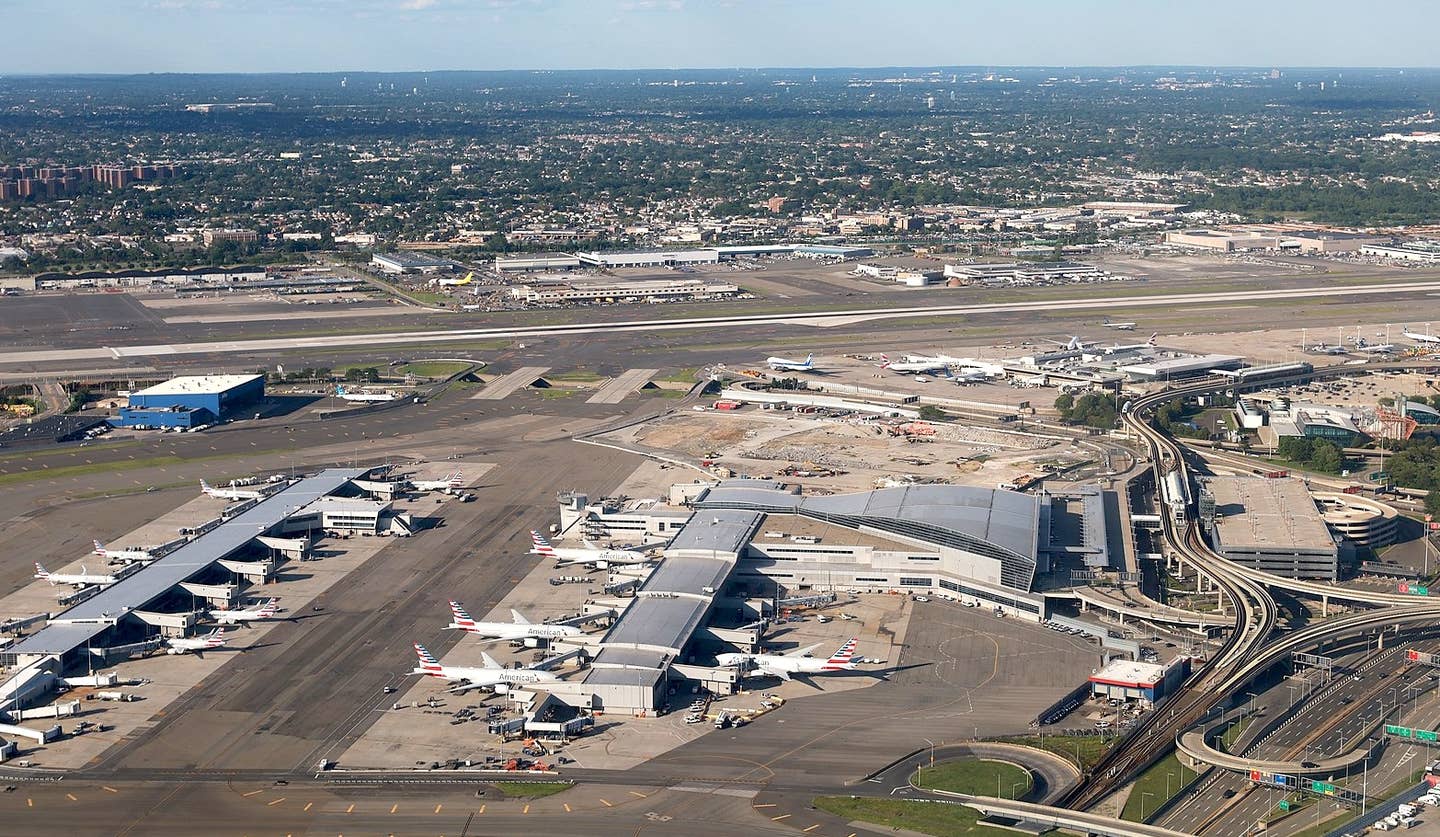FAA, Airlines Monitoring Pilot Experience Issues
The FAA is monitoring the correlation between pilot inexperience and aviation incidents and so far it isn’t finding much. In the recent hiring sprees at most airlines, pilots have been…
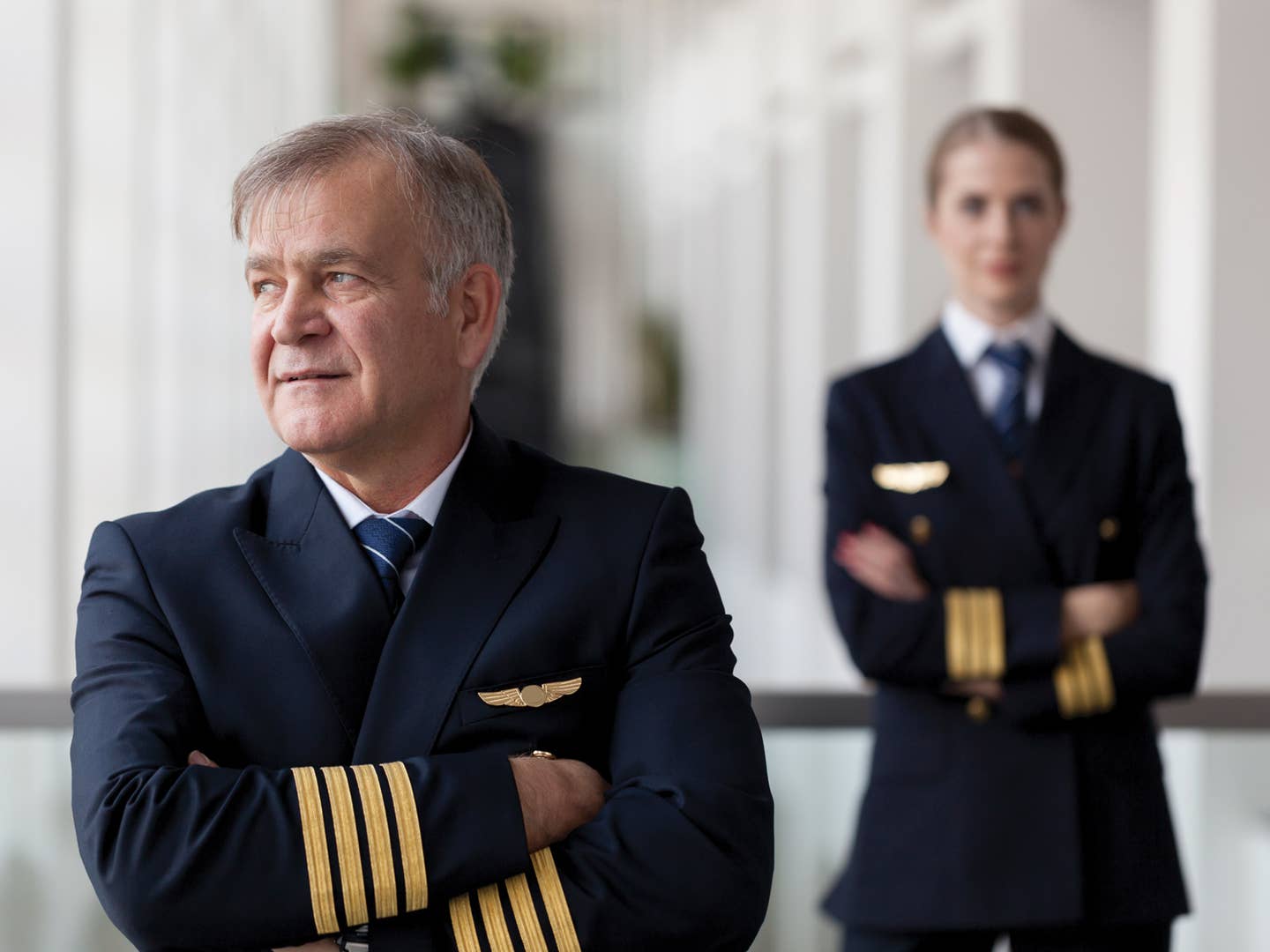
The FAA is monitoring the correlation between pilot inexperience and aviation incidents and so far it isn't finding much. In the recent hiring sprees at most airlines, pilots have been moving up the ranks at unprecedented rates. Rather than taking years, sometimes decades, to move up to larger and more complex equipment, the hiring blitz of the past few years is upsetting that methodical and predictable career path. According to a Wall Street Journal story, the FAA and the airlines are both on the lookout for experience-related issues but so far no clear patterns have emerged despite anecdotal evidence that occasionally comes to light.
For example, the FAA's data-heavy approach shows that, statistically speaking, the broad number of errors and missteps by pilots is within normal limits. Mitigating actions by airlines may have something to do that. For instance, the WSJ reports some airlines keep an eye out for "green on green pairings" in which inexperienced FOs are paired with recently striped captains. Highly experienced captains told the WSJ they have stepped up their games when a newbie is on the other side of the throttle quadrant to pass some of that hard-won knowledge along. Garth Thompson, chairman of the Air Line Pilots Association's United Airlines unit, said he's mindful of the potential for problems but hopeful it's being dealt with. “I’m concerned that if it’s not handled properly, it could be unsafe. But I do think it is on the radar and some pretty smart people are working the problem.”

